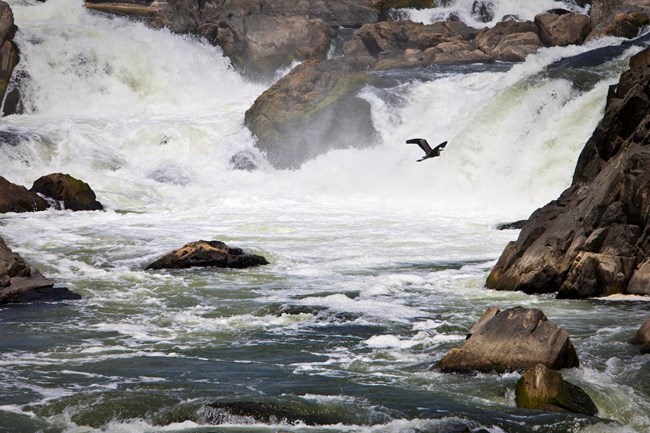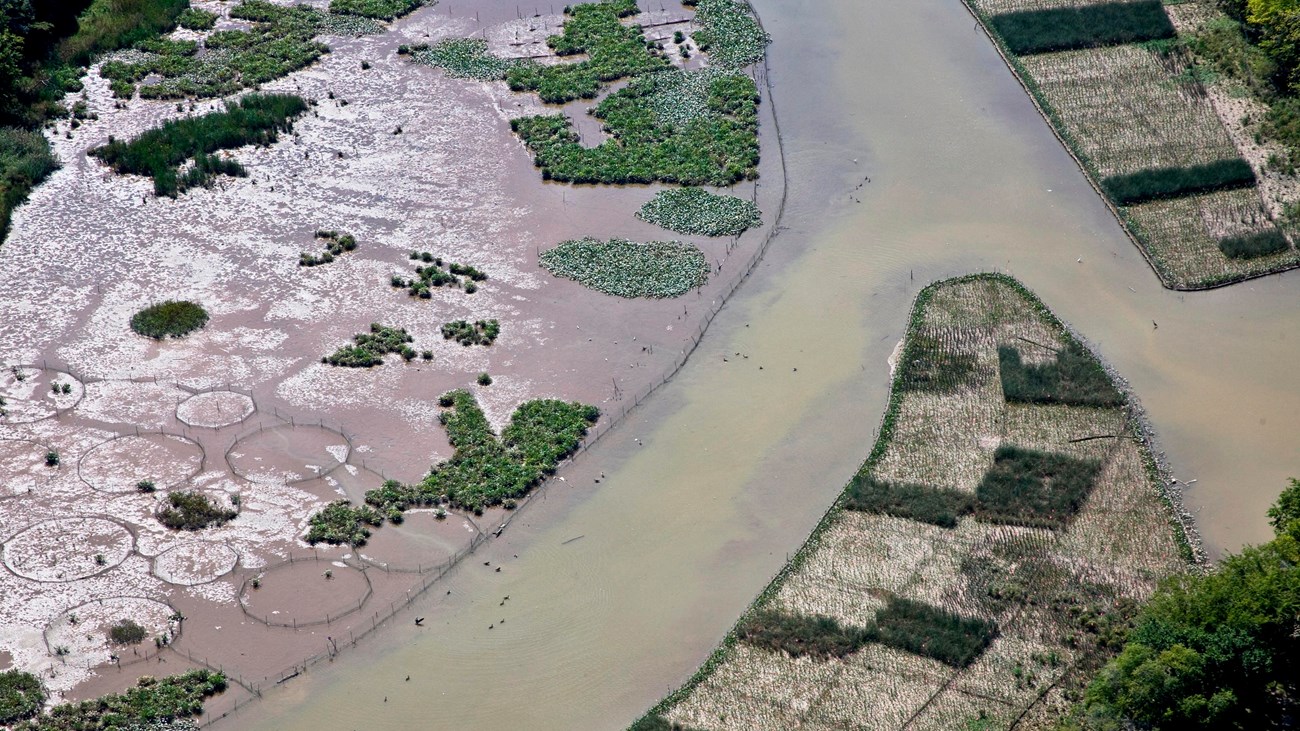
Importance and Issues
Landscapes within and beyond National Capital Region park boundaries are going through dramatic changes, caused by the interplay of both human and natural forces. Changes in human populations, road locations, land cover, and land development and use can have cascading effects on park resources including habitat availability, water flow, air quality, and more.
Landscape dynamics affect critical issues and resources including:
- Physical conditions and processes (ground and surface water dynamics, air quality, etc.)
- Spread and control of invasive non-native pests
- Viewshed preservation
- Natural soundscapes
- Survival of migratory species
- Wildfire risk and fire management

Explore available data layers with the Landscape Dynamics Map Viewer.
Monitoring Questions and Approach
- What are the main types of landcover and land use at a regional scale?
- What issues exist and what is the extent of their impact?
- What is the distribution and connectivity of different land cover types and how is this changing?
Source: NPS DataStore Saved Search 2602. To search for additional information, visit the NPS DataStore.
How NPS Monitors Landscape Dynamics
Satellite imagery, gathered over many years, is the primary tool used to track landscape dynamics. By analyzing imagery over a long period of time, we can distinguish long-term change from seasonal and annual phenological changes, which are driven by short-term weather variations.
The national Inventory & Monitoring Division is reviewing Landscape Dynamics as part of the Environmental Settings National Protocol. The Landscape Dynamics Map Viewer provides summary statistics for landscape-level indicators including population density, road density, areas without roads, generic land cover, impervious surfaces, land-cover pattern density, and land-cover pattern morphology.
Last updated: September 30, 2022
